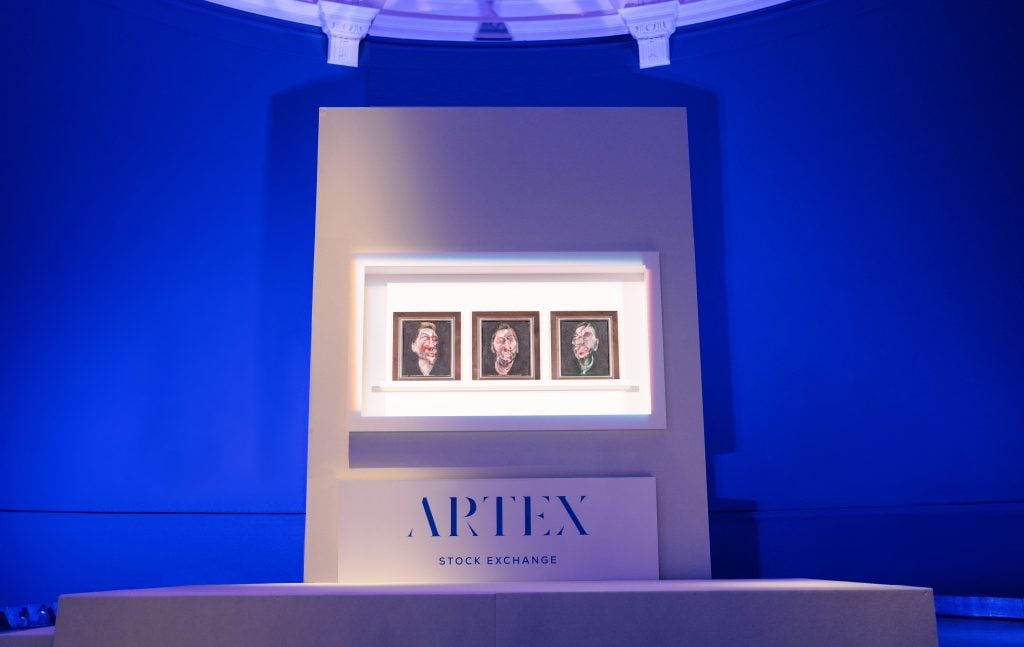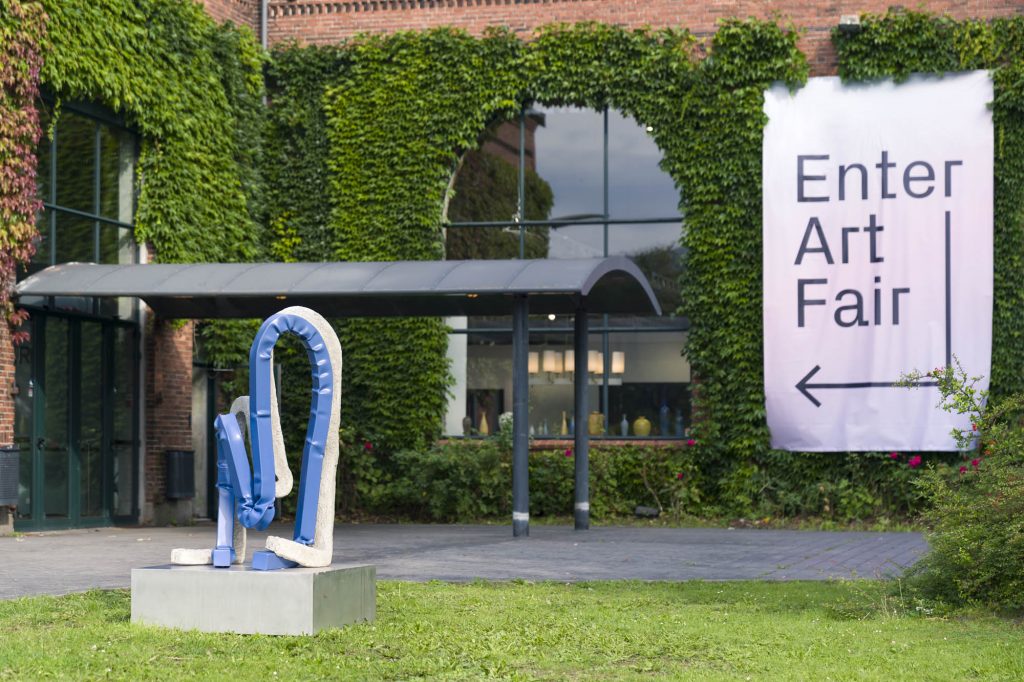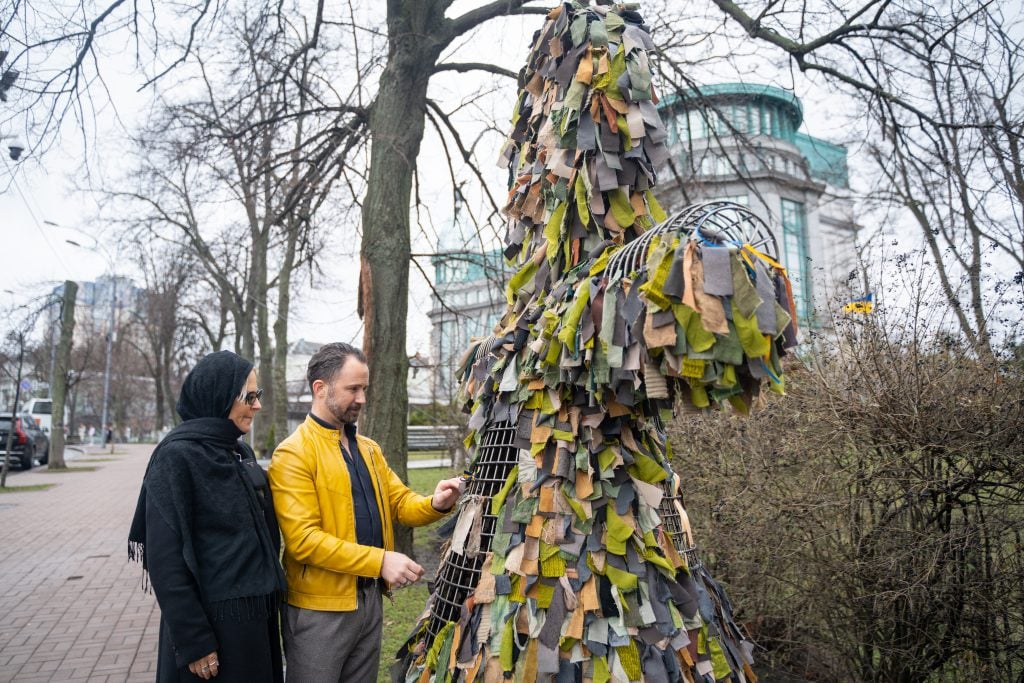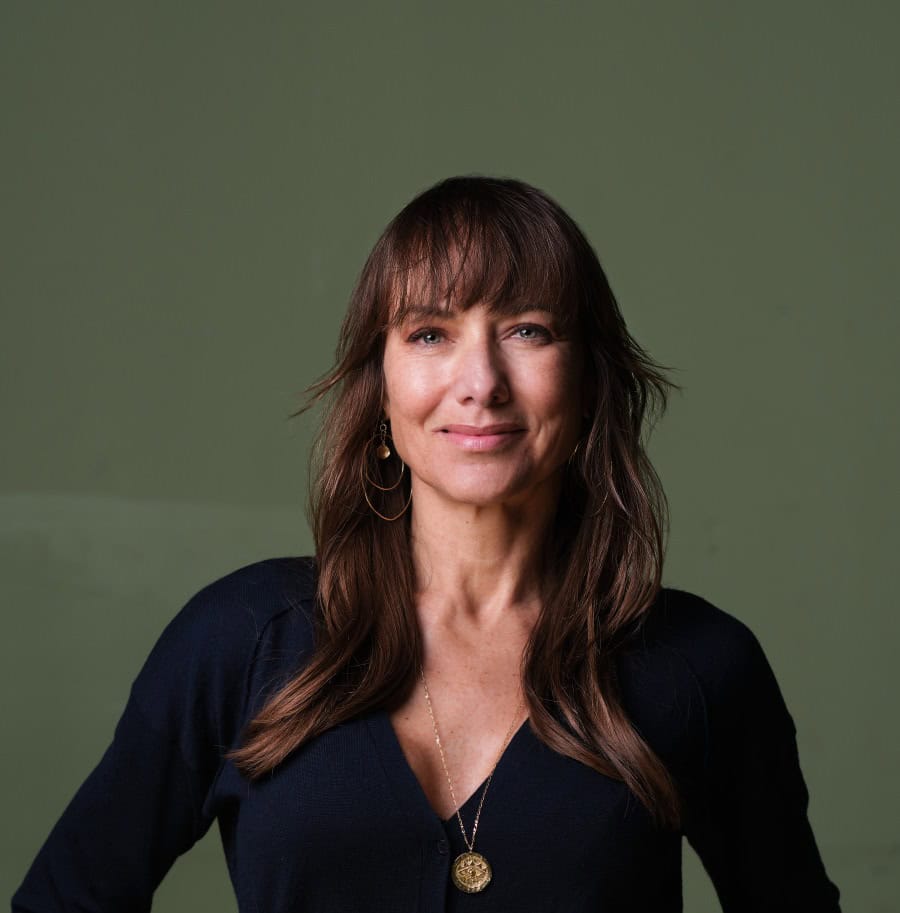“The change and growth in the art world is worldwide and incredibly evident.”
For Milan-based collector Lorenzo Perini-Natali, art runs in the family. From an early age, he was intrigued by the wonders of art when his mother introduced him to the paintings and sculptures by Amedeo Modigliani, a cousin to his great grandfather. In 2014, his passion for art reached a new level with the purchase of the first artwork to his private collection. A collection that embraces his Italian roots while reaching out to the world at the same time. Lorenzo Perini-Natali is a collector of the 21st century, constantly seeking to widen the scope of his art world. In his own words: “The change and growth in the art world is worldwide and incredibly evident.”

- Name: Lorenzo Perini-Natali
- Location: Milan
- Started collecting in year: 2014
- Instagram: perini_natali
What is your earliest memory of art, and what led you to start collecting it?
My earliest memory of art is probably my mother telling me about my family roots: my great grandfather, Gino Modigliani from Livorno, was the cousin of the painter and sculptor Amedeo Modigliani. I remember my mother showing me pictures of his paintings from a book when I was a child. I was intrigued by the creative energy of this man who passed away far too young at the age of 35, but left behind a legacy of beauty to be explored by the generations to come. When it comes to collecting, I think I started doing it without realising at first that I was actually collecting. You see an artwork at a gallery and you like it so much that you want it, so you buy it and you bring it home. Then you start looking for other works to feed the need and it goes on like that. Like the auctioneer Simon de Pury once said, “you get hooked on it and simply can’t stop”.
What is the main motivation behind your collecting?
There’s no bigger joy than getting a new artwork, it really makes me happy, until I start wanting a new piece. Apart from that, supporting young artists of my generation is very important to me. I visit their studios, talk about new projects and buy their works. Which in turn helps them financially so that they can produce more works and continue with their research and projects.

Is there a piece in your collection you have a particularly strong attachment to?
‘Double Dollar’ by the Russian artist Andrei Molodkin. It’s the first artwork I bought and the first piece in my collection; a diptych in the form of two green point ball drawings. I’ve since bought other artworks by him but ‘Double Dollar’ remains my favorite. He’s a fantastic artist and a great person.
How important is it for you to meet the artist behind the artwork?
Meeting the artist and getting to know about the process that brought him or her to a particular choice, medium, shape etc. is everything. I always (when possible) meet the artist and ask him questions about his work before purchasing it. The piece gets so much more important. I do studio visits every week, sometimes even more than one. In my opinion, knowing the artists and having a relation with them, gives the collection a bigger value to its owner.

Are there any particular artists who play a significant role in your collection and whose development you have followed closely?
My collection is overall divided into two; international artists such as Will Boone, Adam Pendleton and William Kentridge for example and Italian artists, mostly young, whom I’ve met personally and keep following closely. The drawings are probably the works that play the most important role, like the one I have by SALVO, Margherita Moscardini, or Nidhal Chamekh.
How has your taste changed since you started collecting?
After working three years for my family’s company, I moved to Milan where I am graduating in Visual Arts this year. Studying art history, reading, and seeing a lot (that’s the most important thing: to see works) has sharpened my taste. However, being completely honest, most of the art I liked four or five years ago, I still very much like. Sometimes when an artist changes his work and it heads in a wrong direction (in my opinion), I start looking at something else, but that’s how life goes; time passes and some things change, some don’t.


How is the collecting scene in Italy?
There are many truly important collectors in Italy, that’ve been collecting for generations and have renowned collections. New galleries are opening, art fairs are getting bigger, and the numbers of people visiting them are growing every year. This means that more people are collecting, on every level. I am 27 years old, and I want to focus on emerging artists, who I can follow closely and help develop new projects, especially in Italy.
Are there any places you always return to for art experiences?
The museum I probably most often find myself going back to is Tate Modern. Every time I go to London and spend some time there, it’s magic. All the masterpieces you can see, like Cy Twombly, Mark Rothko, Gerhard Richter, Donald Judd, Francis Bacon, Ed Ruscha, Roy Lichtenstein, Josef Albers etc. it gives me so much, and I can actually feel the positive vibes of art reaching me, making me feel really enlightened in a way.

Where do you make new discoveries and do research?
I am lucky to have professors and older friends who have been working in the art world and collecting for many years before me, and being a very curious person, I like to ask and discuss new artists and shows with them. This gives me the opportunity to learn about works and exhibitions I didn’t know about. Apart from that, I spend hours every evening or in my free time on my computer reading about and researching art, I’ve been doing this daily for years.
Do you visit art fairs? If so, which ones? And do you primarily go there to get inspiration or do you often end up buying a new piece to your collection?
I go to Art Basel every year, it’s a must for every person who collects or who is interested in contemporary art, as you can see some of the best art worldwide in one place and that is priceless. I also annually visit Frieze London and the three major Italian art fairs, Artissima in Turin, Miart in Milan and Arte Fiera in Bologna. I participated in 1-54 Contemporary African Art fair in London last year where I got a work by Nidhal Chamekh, a truly talented artist whose work I love very much. I also went to Wopart in Lugano, in Switzerland, a fair focusing on works on paper, not very big but I found some good drawings there and I had the opportunity to meet some exhibiting gallerists I’ve wanted to meet for a while.

How is the online art market evolving in your eyes?
I rarely buy art online, let’s say it’s 80% galleries and fairs and 20% online. I buy online when there’s a particular work I’m looking for, it happened with the Air France print from Jonone for example (couldn’t find it anywhere), which I got through a French contemporary art sales website. It’s easy to find art online, you don’t even need to move, you just need a credit card and a computer, but I prefer seeing the works in person. As I said before, talk to the gallerist, meet the artist, it’s just so much better and is a big part of the whole experience as a collector.
In your opinion, what is the role of an art collector in the making of art history?
Art collectors, especially significant collectors, have a role that I consider crucial in art history. A significant collector can help an artist grow by buying and showcasing his or her works. Just think about what Sergei Schukin did for Matisse or what Peggy Guggenheim did for Pollock and Calder or Eli Broad for Jeff Koons etc.

Where do you think the future of the art world is headed?
The interest in art is growing everywhere, especially in contemporary art. Places that were previously very much below the radar and where maybe 0,0001% of the population knew about art, produced art, or collected art now have art fairs and galleries. Look at southeast Asia for example or some African countries. I get messages on my Instagram account every week from people my age who want to start collecting and ask for advice. The change and growth in the art world is worldwide and incredibly evident.
Describe your collection in three words
Young, self-made, mostly Italian.
Top three pieces of advice for new collectors
1. Buy what you love, what speaks to you, and leave the investments for later.
2. Go visit galleries, go visit studios and read, read a lot. The more you know the better you collect.
3. True collectors don’t sell.
Top three art destinations
New York, London, and Basel (for Art Basel and Fondation Beyeler)
Three inspiring artists to watch
Andrei Molodkin, Vincenzo Castella, and Linda Carrara.








